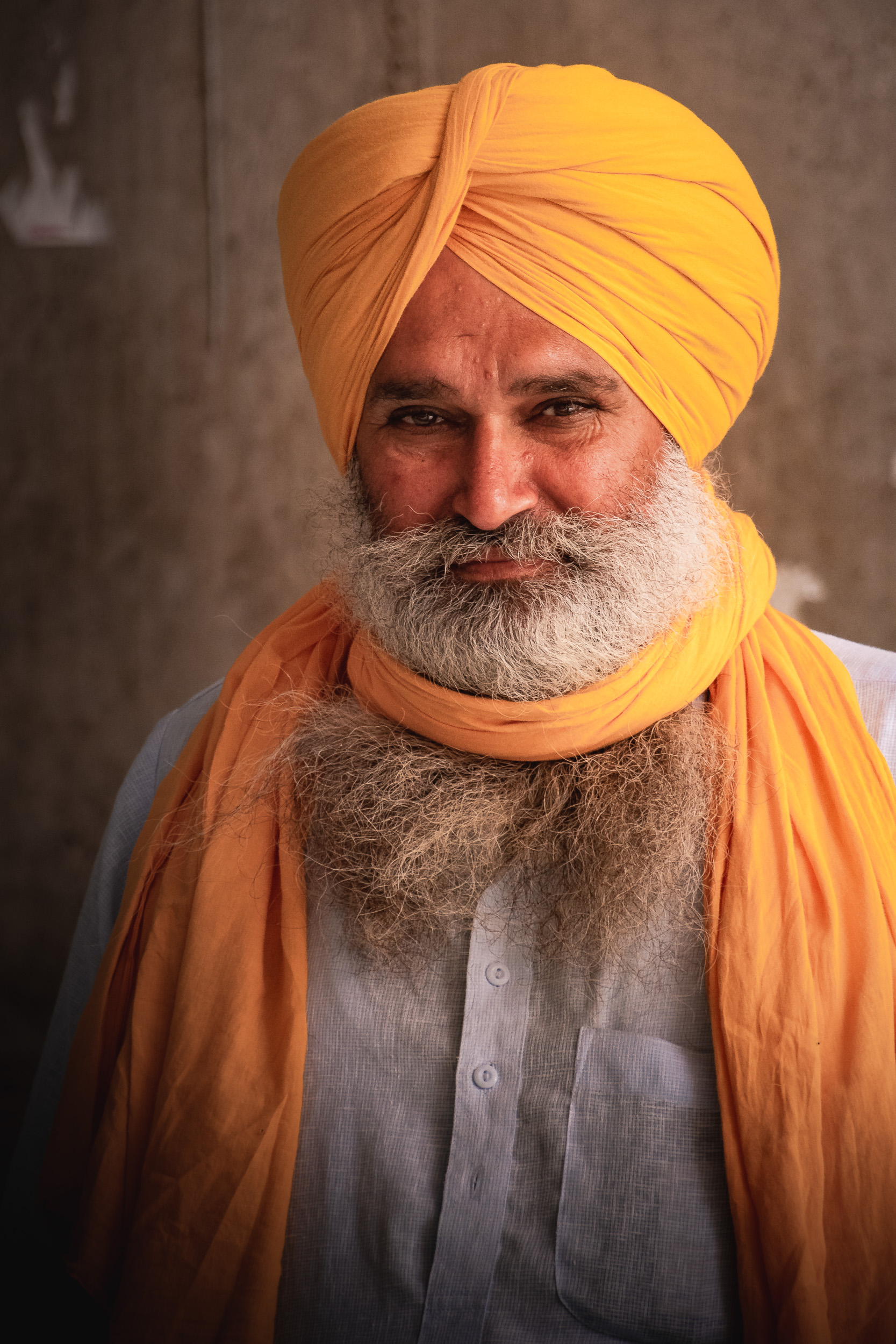Amristar

The trip to Amristar from Jaipur was much longer than we expected. The itinerary suggested travel time of 3 hours, but from the time we left Birla Mandir to travel to Jaipur airport, checked all our luggage in and got the first flight to Delhi, and then transferred to the flight from Delhi to Amristar (which meant going through security multiple times, each time requiring every single piece of electronic equipment, down to the last camera battery, being removed from our hand luggage) and then getting our bags and getting cabs to the hotel, the journey time was closer to 10 hours. This was not due to any delays – it was just down to the amount of time getting to, through and from the various airports in addition to the 3 hours of time that we were actually on planes.
When we arrived at the hotel, we were given the option to leave within half an hour to go to the Golden Temple, or to relax and get some food before visiting the Golden Temple the following day. I was keen to see the Golden Temple lit up at night, and so we decided that we could sleep on the plane on the way home, and that it would do us good not to eat, and so set off for the Golden Temple.
The Golden Temple, or Harmandir Sahib as it is properly known, is the holiest place in the Sikh religion. The Temple itself is located in the middle of a pool, in which followers bathe as part of a pilgrimage. The site was built over a number of centuries, being largely completed towards the end of the 18th century.
As happens every evening, while we were at the Temple, they held the sukhasan ceremony in which followers dress a sedan chair like structure which is then carried into the temple to retrieve the eternal guru, and return it to its bedroom for the evening where it is put to bed until the following morning. This ceremony was a little difficult to follow, but having understood a bit more about the nature of the guru the following day (as discussed a little more in my post about India), this made a bit more sense.
The following day, we returned, after having turbans tied on our heads, to visit the temple again to see it in the daylight, and also to the see the langar where food is prepared for thousands of people each day to have a free meal – a massive undertaking that we were fortunate to see.
Also in Amristar, we visited the Jallianwala Bagh gardens where the massacre happened on 13 April 1919 when members of the British army killed many Punjabis who had gathered in the garden for a banned meeting. The precise number of people who died does not appear to be known, but some suggestions are that 1000 lost their lives. We were able to see some of the bullet holes that are still in the walls of the garden, together with more modern reminders of what happened, including bushes in the shape of soldiers firing rifles and an eternal flame. Not a reminder of an event that makes you proud to be British.
To end our trip, we paid a visit to the border of India and Pakistan at Wagah-Attari for the border ceremony. Given the hostilities between India and Pakistan leading up to our visit (which had caused the delay of our flight out and would delay our flight home as the Indian planes could not fly over Pakistan), this ceremony did not seem entirely appropriate. In essence, crowds on each side of the border were whipped up into a frenzy by soldiers from their respective armies to try and see who was louder, and then soldiers from each side appeared to do what could best be described as a dance off against each other, before the respective flags of India and Pakistan are lowered. In theory, the ceremony (which apparently has been toned down since it started twenty or so years ago) is meant to be a traditional way to end hostilities at the end of the day, and does include a handshake between a soldier from each side. However, whilst it was an experience, I am not sure that it was right!
We finished our trip in Amristar with a farewell dinner for the group, before getting up early the following morning for our trip back to Delhi and then on to London.




















